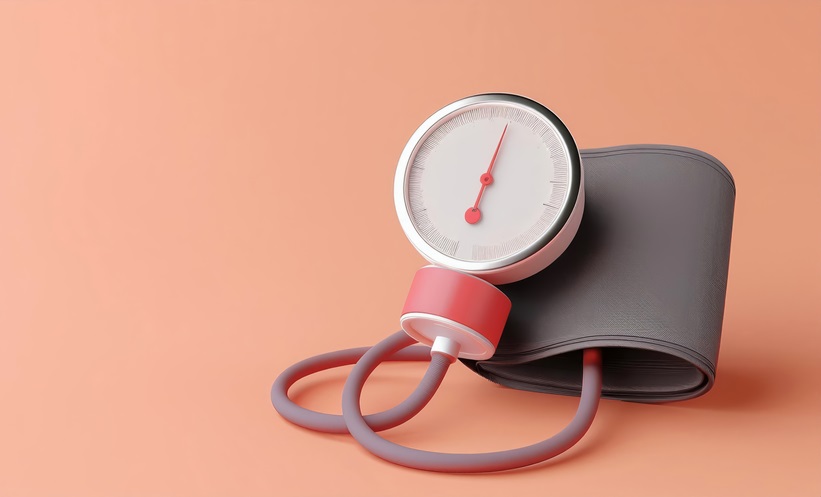BACKGROUND AND AIMS
Out-of-hospital cardiac arrest (OHCA) in children is associated with poor outcomes. However, the temporal trends in survival, especially neurologically intact survival in paediatric patients with OHCA, remain unclear.1-4 The aim of this study was to examine temporal trends in neurologically intact survival in paediatric patients with OHCA for over 16 years.
MATERIALS AND METHODS
The authors reviewed the data of 27,202 children (aged <18 years) who experienced OHCA and were treated by emergency medical service providers. Data were obtained from the All-Japan Utstein Registry from January 2005–December 2020. The authors analysed the temporal trends in the 1-month neurologically intact survival (Cerebral Performance Category [CPC] Scale 1 or 2) rate over time. Subgroup analyses for outcomes were performed by type of bystander cardiopulmonary resuscitation (CPR), dispatcher-assisted CPR, age group (infant [<1 year], child [1–11 years], adolescent [12–17 years]), witnessed status, and cause of arrest. The primary endpoint was the 1-month neurologically intact survival.
RESULTS
The frequency of bystander CPR significantly increased from 50.0% in 2005 to 63.1% in 2020, and the frequency of dispatcher-assisted chest compression-only CPR significantly increased from 7.7% to 40.6% (both p for trend <0.0001). The rate of initial shockable rhythm significantly decreased from 5.0% to 3.4% (p for trend <0.0001). The multivariate logistic regression model showed that calendar year, age, witnessed arrest, presence of bystander CPR, initial shockable rhythm, and non-cardiac causes were associated with increased odds of CPC 1–2. The overall crude rates of 1-month CPC 1–2 significantly increased from 4.9% in 2005 to 11.0% in 2020 (p for trend <0.0001). In patients who received standard CPR with rescue breathing and chest compression CPR, the 1-month CPC 1–2 rate significantly increased from 8.0% to 24.2% and 4.7% to 10.8% (p for trend <0.0001), respectively. The rate of CPC 1–2 in patients who underwent dispatcher-assisted CPR also increased from 4.4% to 9.2% (p for trend <0.0001). With regards to patient age groups, the rate of 1-month CPC 1–2 significantly increased from 2.4% in 2005 to 7.5% in 2020 for infants, 6.0% to 14.8% for children, and 6.5% to 11.4% for adolescents (p for all trends <0.0001). For witnessed arrest, the rate of 1-month CPC 1–2 significantly increased from 9.9% to 24.9% for witnessed arrest, and 2.7% to 3.1% for unwitnessed arrest. The rate of 1-month CPC 1–2 significantly increased from 4.9% to 13.8% for presumed cardiac causes, and 5.0% to 9.6% for non-cardiac causes.
CONCLUSION
The 1-month neurologically intact survival rate significantly increased from 2005 to 2020 for paediatric patients with OHCA in Japan, regardless of bystander CPR type, age, witnessed status, and cause of arrest. A frequency of dispatcher-assisted chest compression-only CPR rate increase of almost five-fold over time was associated with a two-fold increase in the overall 1-month CPC 1–2 rate over time.






